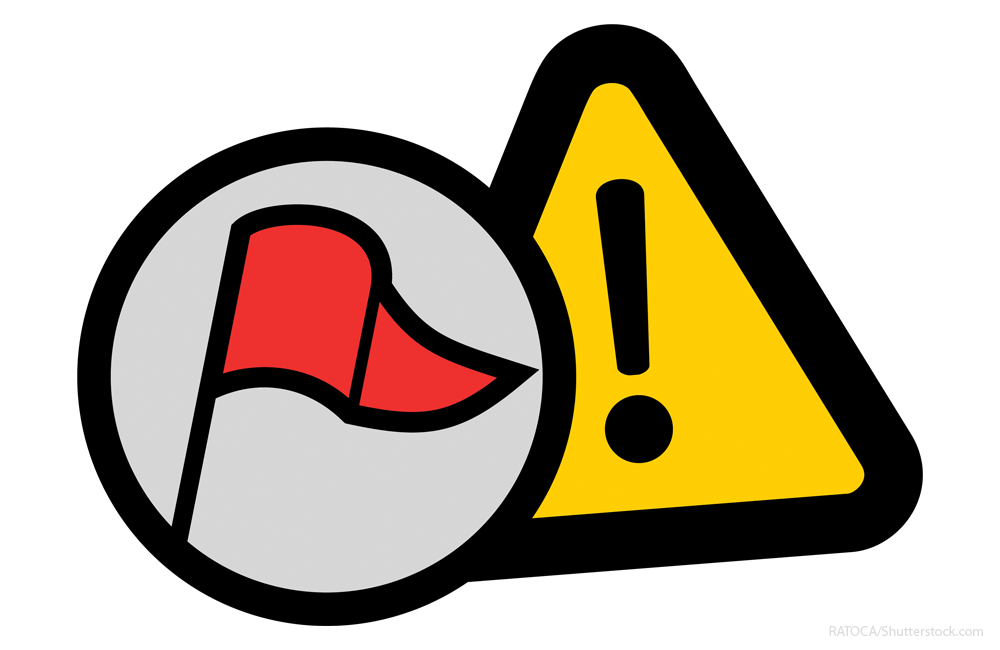How to Protect Yourself from Red Flags
Why pharmacists need to be paying attention to the Trinity II case and its consequences.

In February, the DEA Office of Diversion Control moved to revoke a Florida pharmacy’s certificate of registration, a decision that should make pharmacists take notice.1,2 This decision can educate pharmacists and technicians on what to do before the Feds enter the pharmacy.
Trinity Pharmacy II is a full-service family-owned independent pharmacy in Clearwater, FL, that specializes in compounding.1,2 In February 2018, the DEA Office of Diversion Control published an Order to Show Cause proposing revocation of Trinity II’s DEA Certificate of Registration for its Clearwater location, alleging that the pharmacy’s “continued registration is inconsistent with the public interest.”1
The DEA’s order set forth several reasons,1 saying that Trinity II failed to comply with federal controlled substance law and dispensed controlled substances outside the usual course of pharmacy practice. The order alleged it ignored red flags and dispensed prescriptions without resolving those red flags. In addition, the DEA alleged the pharmacy, on at least one occasion, dispensed “a Schedule II controlled substance outside the usual course of professional practice . . . and in contravention of its corresponding responsibility.”1
Andrew Hull wrote an article in FDA Law Blog noting Trinity II was a “must-read” for any pharmacy registrant or their counsel.3 The DEA revoked one pharmacy controlled substance license in 2017, but by mid-2018, has revoked four, including Trinity II, he says.3
Of particular note is the DEA’s discussion of the pharmacy’s scienter, or knowledge of wrongdoing, often referred to as intent. In particular, the hearing officer looked at the concept of “willful blindness,” ignoring what was in plain sight.
An important government witness was its pharmacy expert who testified extensively regarding red flags.1 A red flag is “a term that’s come to be used to give examples to pharmacies of things that might indicate or suggest that prescriptions were filled outside the usual course of pharmacy practice,” he said in testimony. A red flag could be indicative of abuse or misuse, over or under compliance, drug-drug interactions, or a “forged or altered prescription.”1
More from the author: Refusal to Fill Prescriptions Under Conscience Clauses
Such issues would be reviewed and resolved by a pharmacist “before filling any prescription” as part of the “prospective drug use review,” the testimony states. The pharmacist’s resolution of these red flags “would be documented on the face of the prescription, on the rear of the prescription, or in the patient profile.” The standard of practice regarding such documentation is that it has to include a reason that makes sense to the average pharmacist and that the prescription is legitimate despite the red flag(s). In other words: “If it’s not written down, you didn’t do it.”1
When I used to defend criminal cases, I occasionally hired a particularly good private detective. He had a favorite saying: “The faintest ink is sharper than the keenest memory.”
Every pharmacist and technician should read the Trinity II decision.1 They should look closely at the discussion of red flags, the expert testimony about prospective drug review, and the need to document information surrounding red flags. The government has used this testimony repeatedly when charging pharmacists and pharmacies with illegally dispensing controlled substances. Do not overlook the need and concept of a pharmacist’s corresponding responsibility. If you fail to abide by these lessons, you may be charged with filling illegal prescriptions knowingly and with willful blindness. Protect yourself-document red flags and how you resolved them.
These articles are not intended as legal advice and should not be used as such. When a legal question arises the pharmacist should consult with an attorney familiar with pharmacy law in his or her state.
References:
- Trinity Pharmacy II, Decision and Order; https://www.federalregister.gov/documents/2018/02/20/2018-03294/trinity-pharmacy-ii-decision-and-order Last viewed 7/24/2018. See also, 21 U.S.C. 823(f) and 824(a)(4).
- See, https://www.yelp.com/biz/trinity-pharmacy-clearwater. Last viewed 7/24/2018.
- FDA Blog, http://www.fdalawblog.net/2018/06/dea-issues-decisions-in-pharmacy-cases/. Last viewed 7/24/18

How PBMs Impede Pharmacists’ Ability to Perform Clinical Services | APhA 2025
March 31st 2025Antonio Ciaccia, President of 3 Axis Advisors, led a discussion on pharmacy benefit manager reform and how the inability to pass legislation has led to increased financial hardships in community pharmacy.